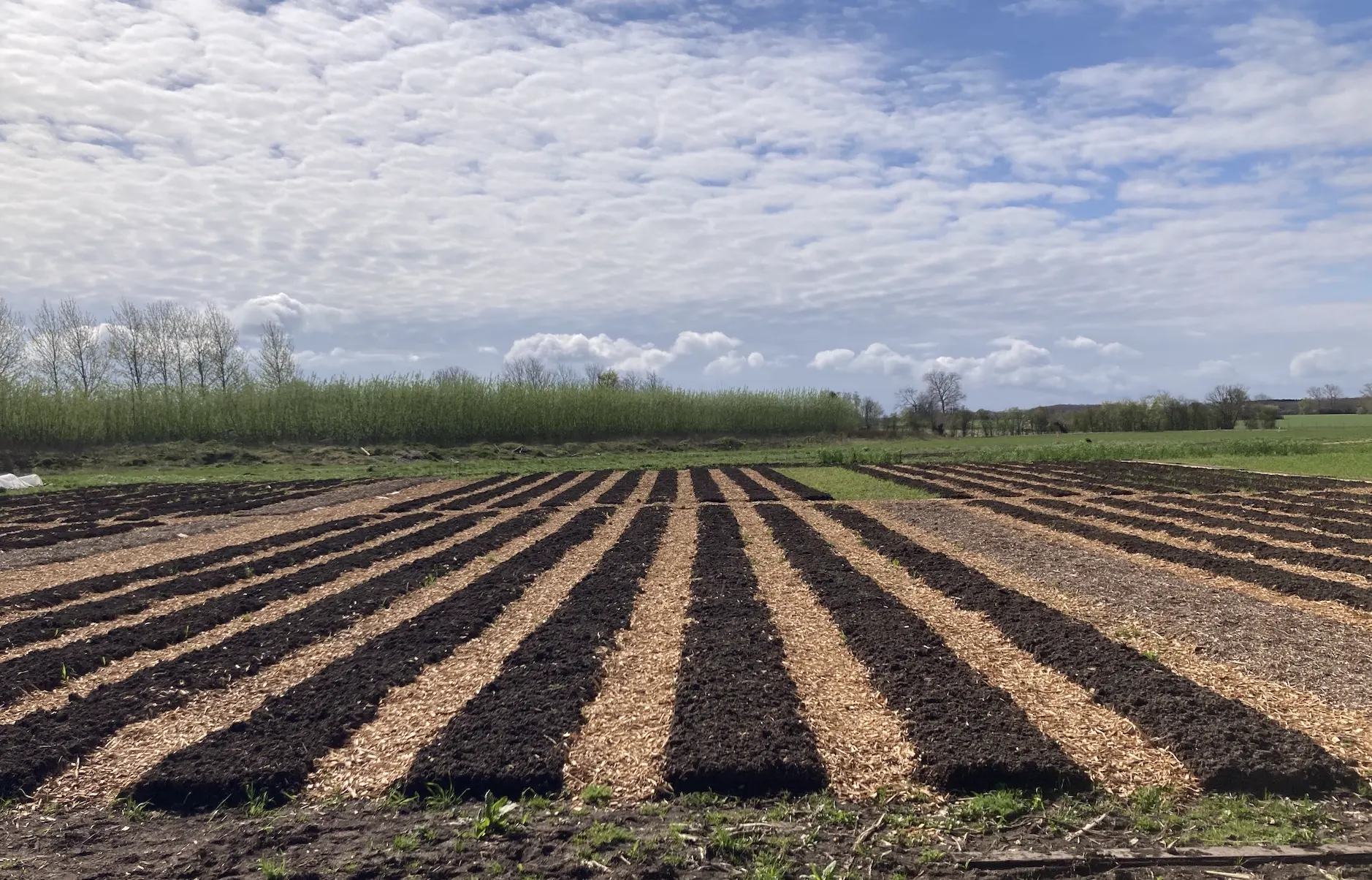In December 2023 Sofia and I were traveling for a month in Sri Lanka, as part of our sabbatical year from work. It was late in the evening in Ahangama, a small surf town on the south coast of the beautiful island, and I was surfing the internet searching for a nice article to read.
While on The Economist, I stumbled on one titled “What responsibilities do individuals have to stop climate change”.
I had only one free read on The Economist, and I was wondering “Which article should I pick?”. Given the topic, I decided that it was the right one to read.
Permatopia was mentioned there as an example of sustainable living in Europe, in a small village 1 hour away from Copenaghen. I was immediately intrigued and went exploring their website. What struck me most was the fact that from the article, and their website it didn’t seem like something mono-themed, but rather a a diverse community with shared ideals.
I got even more intrigued and I decided to write them because on their website they stated that volunteers were always welcome.
The day after, Sofia got equally excited after I explained my nocturnal web finding.
After a loop of emails, we got an agreement to volunteer between April and May 2024 for 4 weeks.
This is how we discovered Permatopia. Fast forward a few months and here I am, recapping our experience, definitely the first, in an eco-village.
The Village
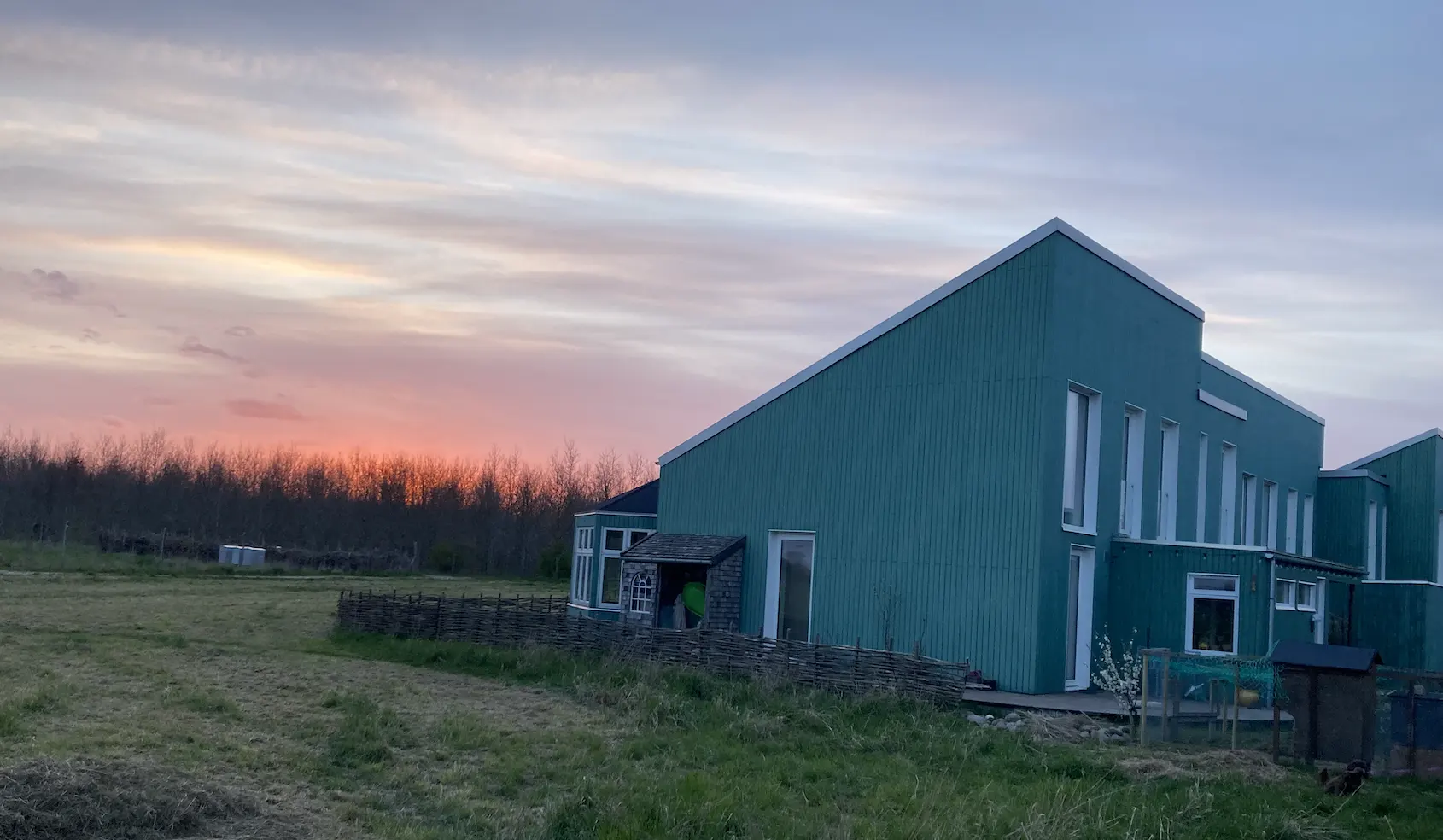
The village is composed of several small private houses, some shared buildings, and the fields, divided into different sections. There are roundabout 100 adults and 120 kids living there as of May 2024. What I found very interesting and fair, it’s that they try to reproduce the composition of a small town when evaluating the people living there, considering their village a trial of something that could be replicated in society. This means that you will find all different age groups from young families to lovely retired people. In a certain way, even the wealth stratification is represented in Permatopia, since some houses are privately owned, some are rented and some others are a mix of the 2, common in Denmark.
The Sustainability
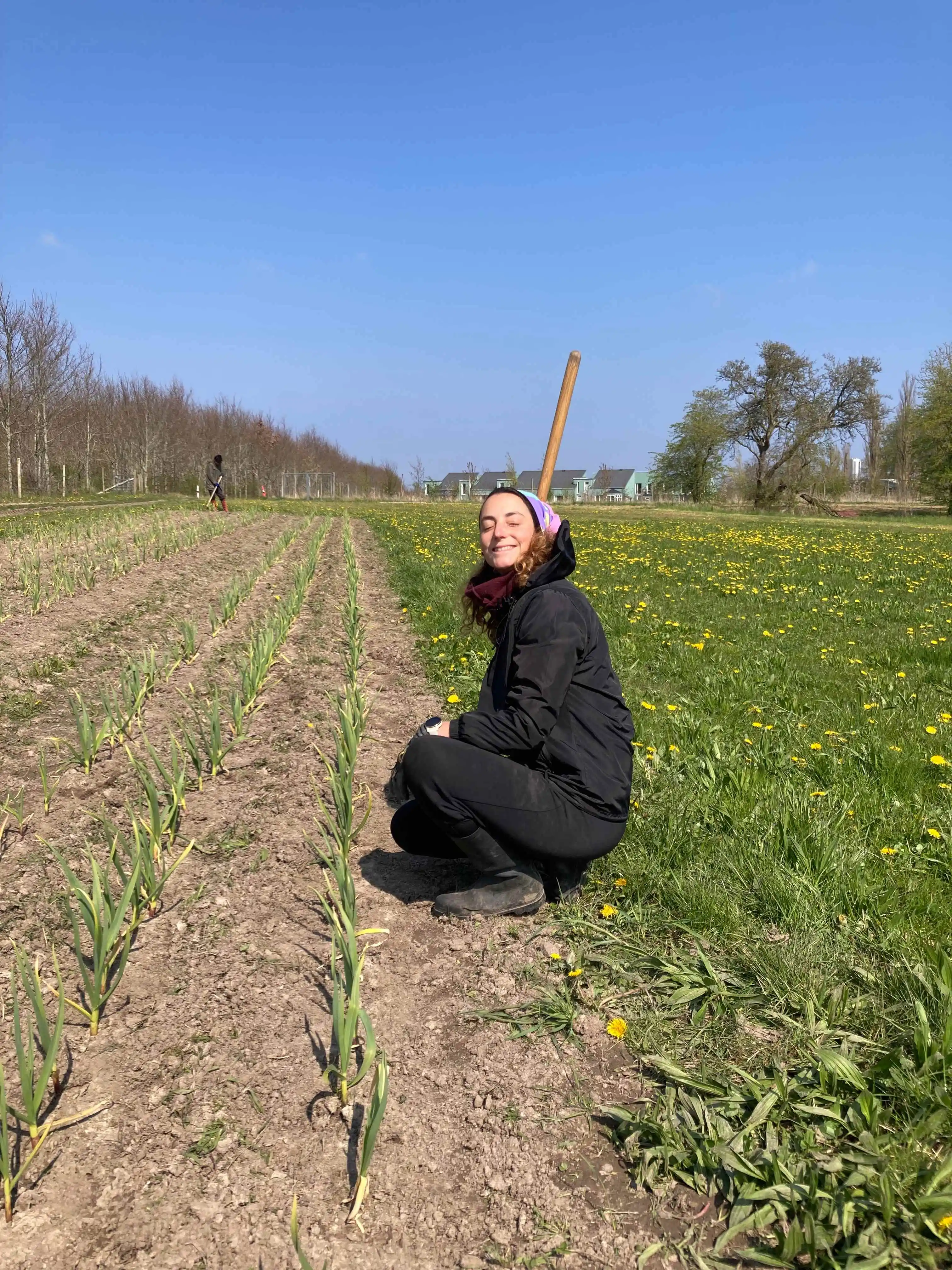
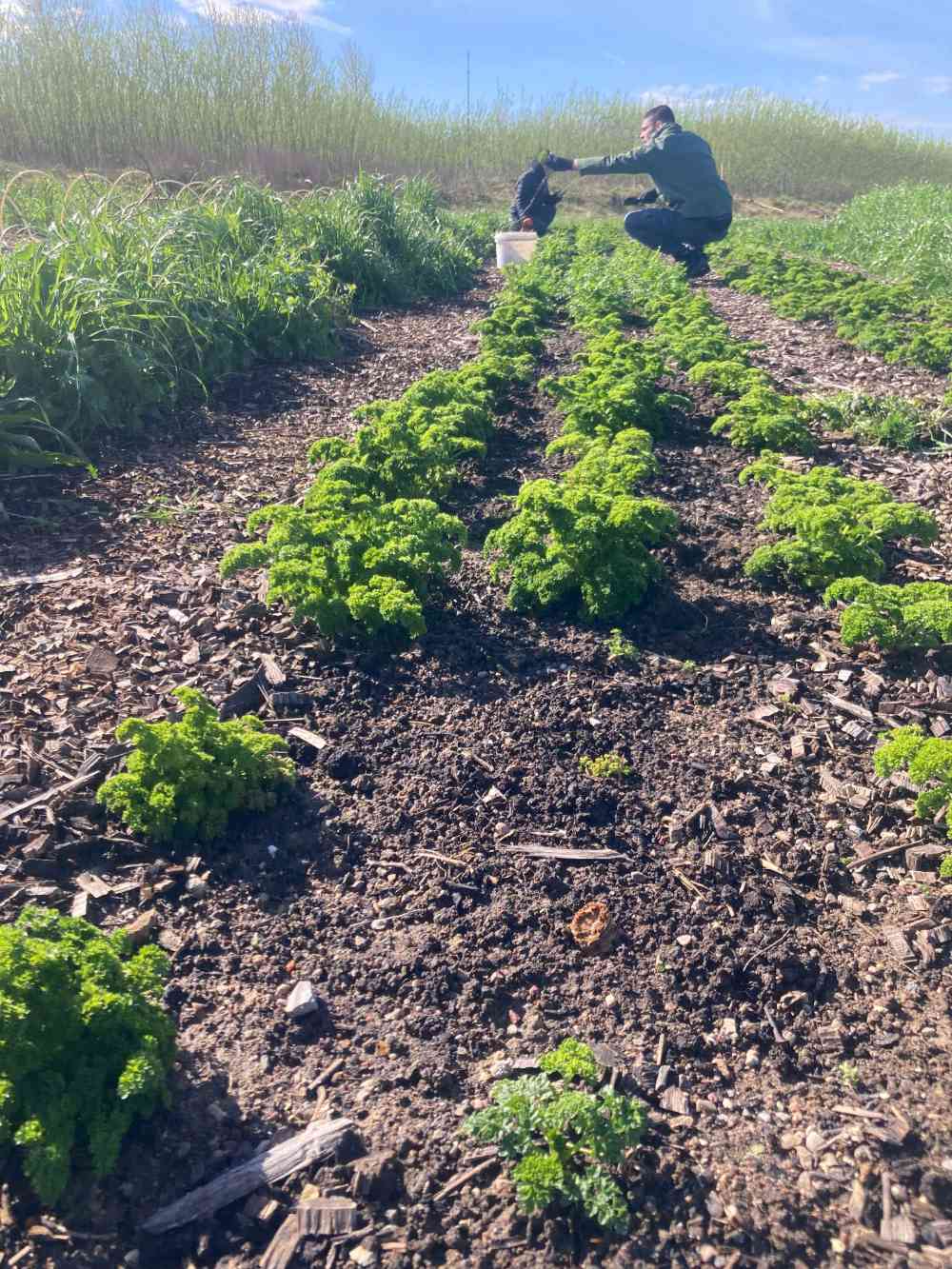
Everything in Permatopia is designed to minimize the impact on the planet. Housed are hyper-insulated, there is a windmill for energy, and the heating comes from the thermal energy of the soil. In farming, they use partly regenerative agriculture techniques and partly permaculture. They have many animals like sheep and goats mainly for biodiversity, but also happy chickens that lay eggs for the community.
The biodiversity here is not a buzzword, but rather a real concept to be lived and improved. In every corner, you will find techniques to improve the biodiversity of the surroundings but also keep the environment in balance.
Two easy examples that struck me:
- Some ducks are running around in the permaculture garden. Why? It’s because they eat the snails, so dreaded by salad growers :)
- In the regenerative agriculture section, there are some beds with some rays and some species of grass without apparent purpose. What is their real purpose then? It’s to improve the biodiversity of the soil and to let the beds rest while farming the other beds.
I am not an expert but the results are impressive: they grow everything without any sort of chemicals, or any sort of artificial fertilizer, obtaining anyway good harvesting.
The work in the fields
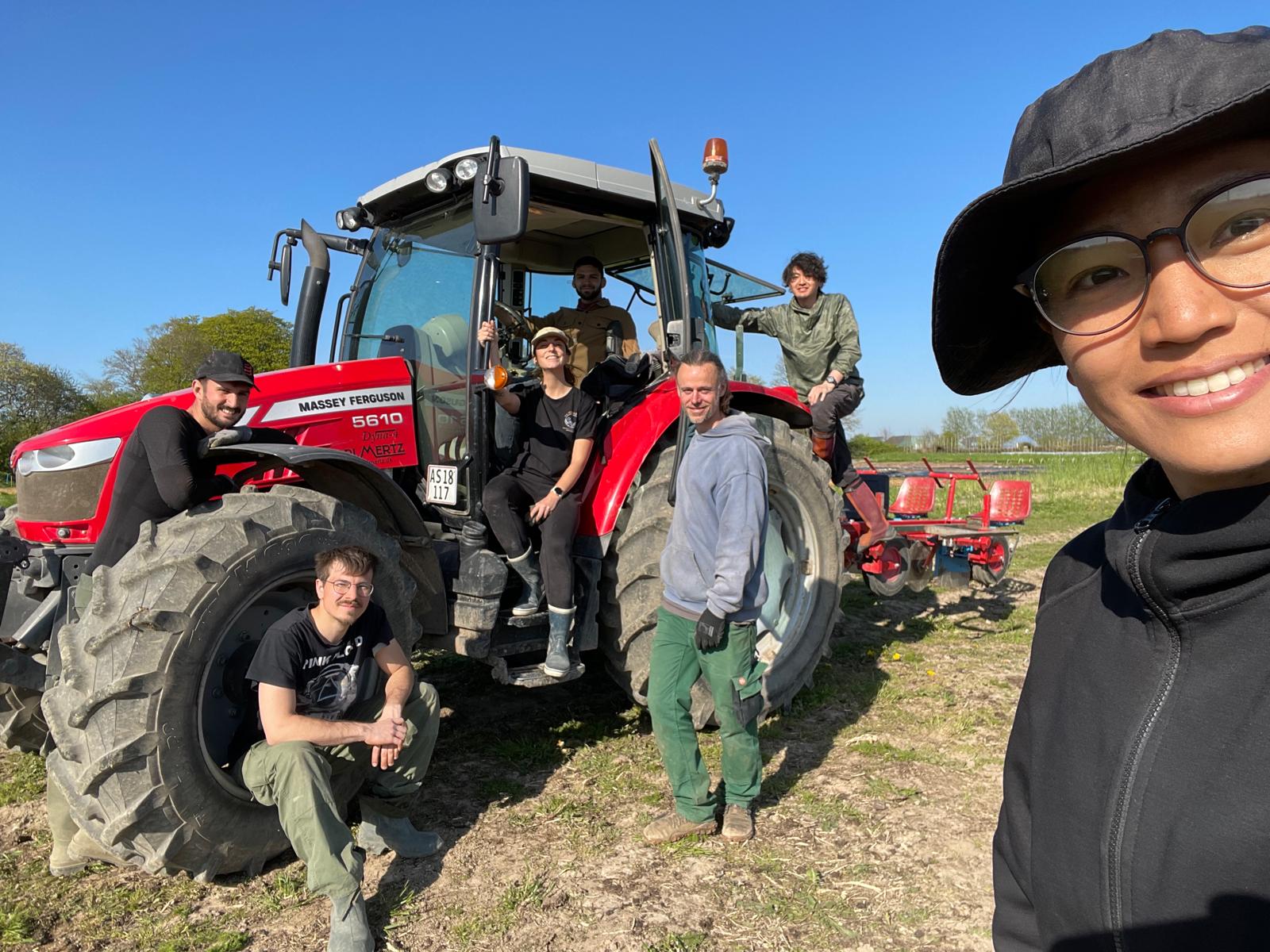
Sofia and I were on one side excited but on the other a bit worried. We didn’t know anything about farming and we thought that it could either be boring or complex, for example, if they asked us stuff we didn’t know how to do.
Nothing of this happened. Anders, the full-time farmer working there, was meticulous and precise in explaining what needed to be done. He is especially science-based and nerd in that sense, and we appreciated a lot his scientific explanations before doing certain tasks. This made our work much more meaningful even when the tasks were a bit boring. This also blew away my fuzzy idea of a farmer as a conservative person, who does things because they were taught him by his father and passed along over generations.
In one month, we saw the garden blooming to life after the winter and so many things changed while we were there!
Our tasks were very different depending on the needs. One day we were seeding something (e.g. onions, potatoes, or pumpkins), the other we were weeding and making sure the plants had good space to grow healthy. We covered the path in between the beds with wood chips to make sure weeds were staying away, and we helped with so many little projects here and there. We worked 5 days a week, 5 hours each day. On Sunday we were working with the people of the community.
Personally, even when the tasks were not exciting, this allowed us to disconnect and unwind while focusing on some simple tasks like weeding. It was almost a meditative state. It was such a nice feeling to stay out in the fields on a spring sunny day.
Of course, depending on the season, tasks can change completely. We didn’t manage to harvest much given the period, but we would have loved to do so with the huge field of strawberries!
All in all, we appreciated the work we did. We felt we learned a lot from Anders and from the people that were working with us. Everybody was so happy to explain new things, and we tried to absorb as much as we could.
The community
The community is the highlight of Permatopia. Every single person there is kind, helpful, and has a contagious positive attitude. We were having lunches and dinners all together with other volunteers and residents, having the opportunity to live from the inside of the place.
Many people there have fascinating backgrounds and came from Copenaghen: this was also very interesting for us since we wrongly thought Permatopia was going to be a mix of people only from the countryside.
We got invited to people’s houses, we played football in the town with them, we did yoga. We shared so many cakes and sweets that I believe I got some weight after I left. Everything and everybody is inclusive, no matter what.
Moreover, we got lucky to be such a great group of volunteers bonding together: it’s not granted to get along for a month living under the same roof with strangers.
We left Permatopia with great memories and new friends.
Our impressions overall
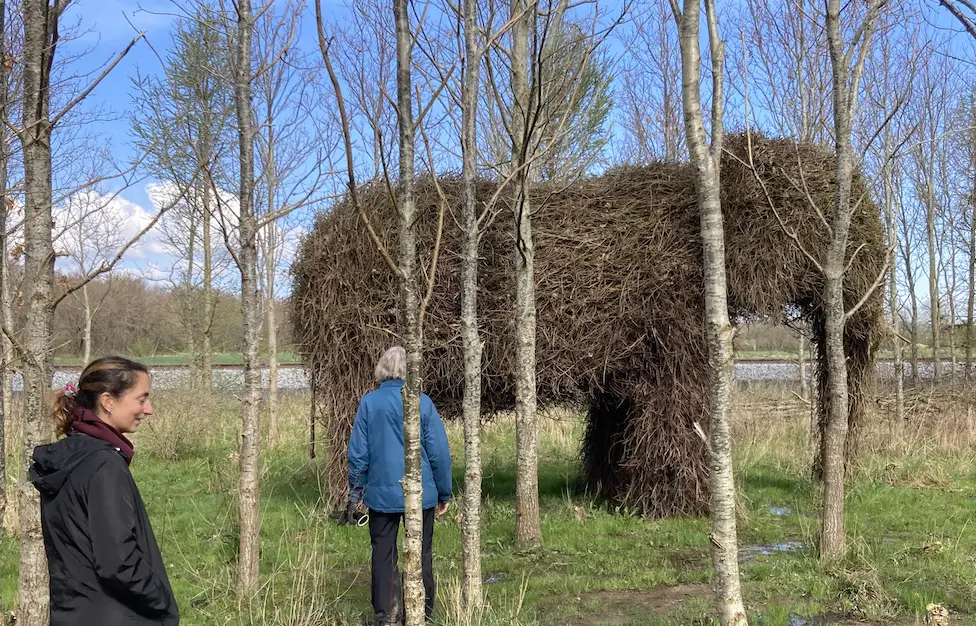
On our last day, many dear people came to share one last cake with us but also to greet and thank us: from Mary, 90 years old and probably the oldest member, to the sweet kids living there. Permatopia for us was like a big family, which is hard to leave behind. It is much more than a community, much more than Permaculture, sustainability, and biodiversity. Permatopia is sustainability in the form of inclusion, community, environment, biodiversity, and culture. It is a real and tangible example of how beautiful it is to live together with different people sharing the same ideals. We leave Denmark with much more knowledge but also a positive attitude toward the future.
We will continue to follow Permatopia and we will try to go back to visit. As we said the last day when we left, it was a goodbye but not a farewell.
